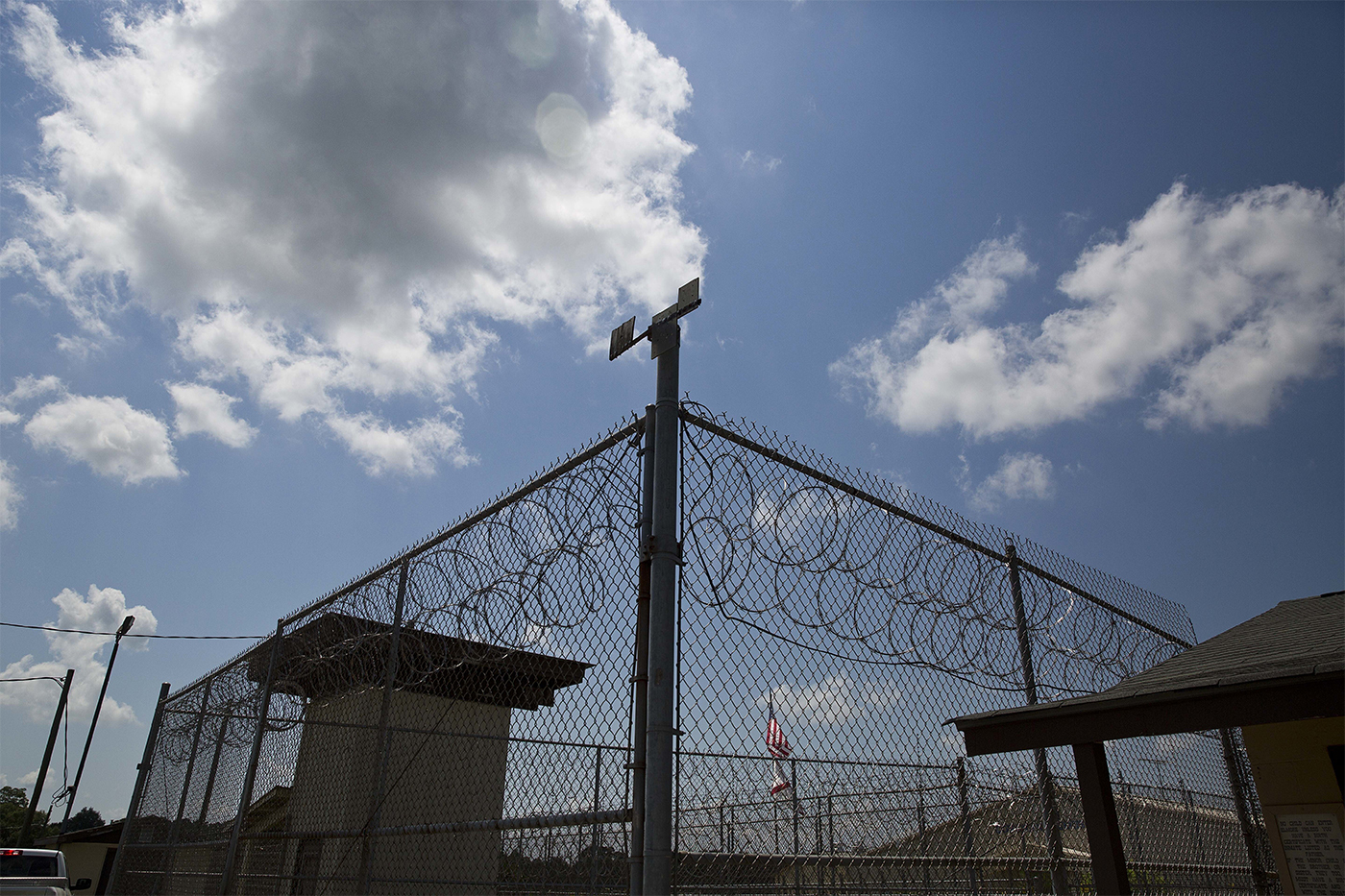In prisons, where health care is already poor, the danger posed by PFAS exposure is even greater, says Phil Brown, a Northeastern professor of sociology and health sciences.
Close to 50% of U.S. prisons and detention centers are located near sites that are likely contaminated by dangerous “forever chemicals,” according to new research.
Based on a watershed analysis of all 6,118 prisons and detention centers in the country, the researchers found that 5%, about 310, have a known contamination site nearby. However, 47%, about 2,285, are close to at least one presumptive contamination site, with many located near more than one. At minimum, there are 990,000 incarcerated people in those facilities, including at least 12,800 juveniles.
Per- and polyfluoroalkyl substances, known as PFAS or “forever chemicals” for their long-lasting impact on the environment, have been linked to increased risks of cancer, thyroid problems and infertility as well as compromised immune and cardiovascular systems.


